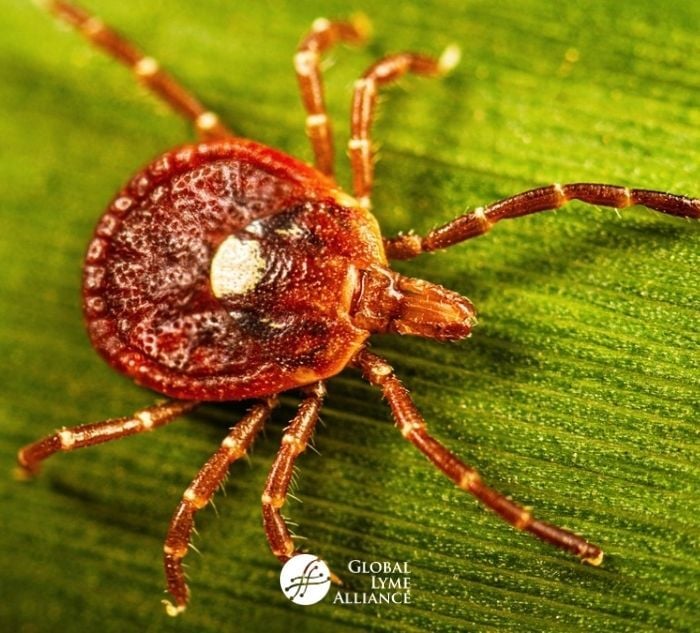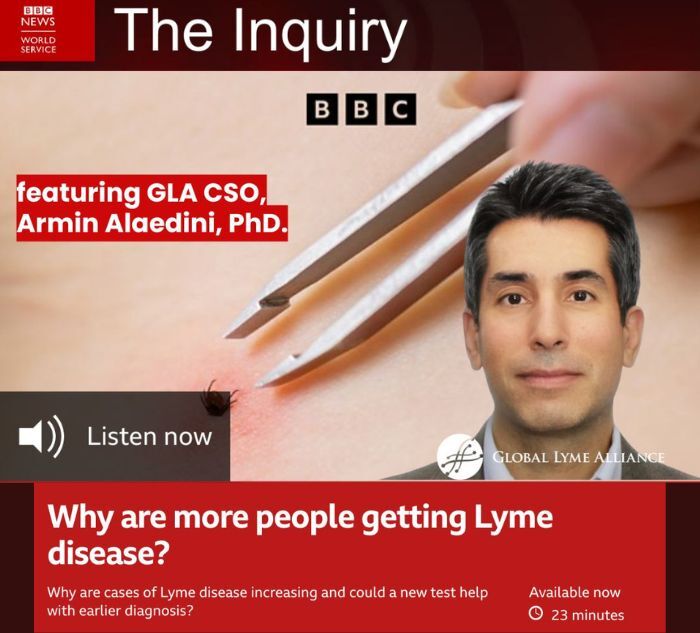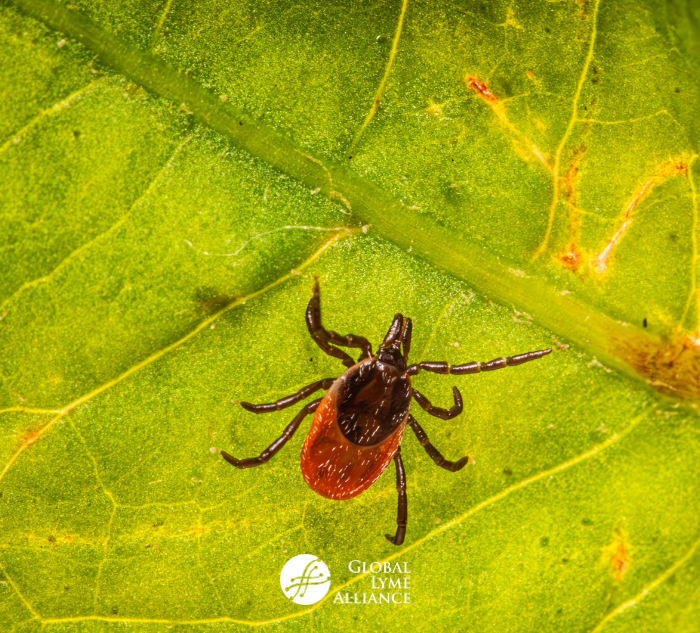
Chronic Lyme disease & its co-infections, like Babesia, can produce unique symptoms. One of them is referred to as air hunger.
Listen to the audio version of this blog here:
When I tell people I have chronic Lyme and some of its co-infections, they often look at me quizzically and ask: “What’s a co-infection?” I explain that in addition to Lyme ticks can transmit other diseases as well. I get an understanding nod until I say the names of the diseases. Rarely have people heard of them: Babesia, Ehrlichia, and Bartonella. One of my graduate school professors got so tired of trying to say “Babesia” that he jokingly renamed it “babelicious.”
I get a similar reaction when I tell people that a chief symptom of Babesia is air hunger. Some hear the term and think of marathon runners or asthma patients. Most really have no idea what it actually means. Literally, it means to be hungry for air. But how is that related to Babesia, and what does the symptom actually entail?
Babesia is a parasite that eats the oxygen in red blood cells. This result is low blood oxygen levels in the body. When you are hungry for food, your stomach might grumble, and you might feel a gnawing or emptiness, a craving for sustenance. You might become lightheaded or even faint. The same is true when your blood is hungry for oxygen, except you feel the hunger in your cells rather than in your stomach.
You know when exercising how you can feel your blood pumping, whereupon endorphin release makes you vivacious and energized? That feeling when your muscles are a little tired from running or biking, but you’re also exhilarated, hitting that “runner’s high” when you feel like you can do a million jumping jacks?
I used to feel that, too. I used to ski for eight hours in the back bowls of the Rocky Mountains, bouncing through mogul fields with reckless abandon. And at the end of the day, my body would be loose and limber. I was tired, sure, but it was nothing that a good meal and a good night’s sleep couldn’t fix. The next morning, I’d be ready to ski again.
Then I got Lyme, Babesia, and Ehrlichia. At first, before the illnesses were properly diagnosed, I simply noticed that I couldn’t keep up with my fellow skiers as I used to. I tired more easily, needed more breaks, and often experienced blood sugar crashes and lightheadedness after a particularly intense run. Skiing at a high altitude means there’s less oxygen available, to begin with, but what I didn’t know was that a blood parasite was also compromising my oxygen levels.
As the tick-borne illnesses slowly took over my body, my post-exertional fatigue and hypoglycemia increased. Sometimes I’d experience these symptoms when I was simply walking down the street. I started to get terrible migraines, always after exercise but sometimes just after a long day of teaching, and sometimes for no apparent reason at all. What I didn’t know was that the oxygen level of my red blood cells was getting lower and lower, causing these debilitating symptoms.
One day towards the end of my second year of teaching in Colorado, I tried to go for a short hike near my apartment. I barely made it a few feet up the dirt path before I found myself gasping for air. I wanted to take a deep breath, but couldn’t get one. As I clutched my chest, another hiker asked if I was okay. “Asthma,” I wheezed, even though I’d never experienced that condition before.
A doctor did diagnose asthma but didn’t explain the sudden onset. He didn’t realize that my gasping for breath was a literal manifestation of air hunger caused by Babesia. Instead, he gave me an inhaler, which I sometimes needed to use in class; in the middle of a lecture, I would get so lightheaded and short of breath.
Later, when I was finally diagnosed with and treated for tick-borne illnesses, I experienced Herxheimer reactions so bad that skiing, hiking and even walking became activities of the past; I could barely get up a flight of stairs. Often my arms and legs would feel jumpy like I was having a panic attack. This is because they weren’t getting enough oxygen; the jumpiness was their way of “grumbling” like a stomach does when it needs food. My limbs felt, how can I put this? They felt empty, the opposite of the way they used to feel when they were pumped full of healthy oxygenated blood during exercise. I wanted to take a deep breath and send the air right to my limbs, right to my cells, to re-invigorate them, but I couldn’t.
Overeager during treatment, I started physical therapy too soon, and paid for it. A mere thirty seconds on a stationary bike left my limbs gasping for air. It seemed like a thick molasses was seeping through my whole body, weighing me down. A heavy sensation crept into my head, filling it with pressure until I was overtaken by a full-blown migraine. After, I was in bed for a week.
The good news about that experience is that it told my doctor I needed to increase my Babesia treatment. Anti-malarial medication got me back on my feet, eventually back on the stationary bike, and, finally, back on my skis. I don’t think I’ll ever be able to bounce through moguls for eight hours at a time again, but I can ski a full morning without getting air hunger. I can paddle-board or canoe for hours. Sometimes, when I push myself too hard, I feel a tightening in my chest for a day or two after exercise. And sometimes I begin to feel air hunger in my cells as I’m walking around the city, getting that jumpy feeling in my limbs when I climb a flight of stairs or get a headache shortly after exercise. This tells me that it’s time to increase the homeopathic drops I now take to keep Babesia at bay.
Now I can say to my doctor, “I’m starting to feel some air hunger,” and he knows exactly what we need to do. Hopefully, this explanation will be a revelation for those readers who, like me, were so long perplexed by this frightening undiagnosed symptom.
Related blogs:
What Does it Mean to Herx?
The Strange Symptoms I Never Knew Were Related to Lyme Disease
Dealing With Brain Fog
My #1 Headache Trigger? Lyme disease

Jennifer Crystal
Writer
Opinions expressed by contributors are their own. Jennifer Crystal is a writer and educator in Boston. Her work has appeared in local and national publications including Harvard Health Publishing and The Boston Globe. As a GLA columnist for over six years, her work on GLA.org has received mention in publications such as The New Yorker, weatherchannel.com, CQ Researcher, and ProHealth.com. Jennifer is a patient advocate who has dealt with chronic illness, including Lyme and other tick-borne infections. Her memoir, One Tick Stopped the Clock, was published by Legacy Book Press in 2024. Ten percent of proceeds from the book will go to Global Lyme Alliance. Contact her via email below.






